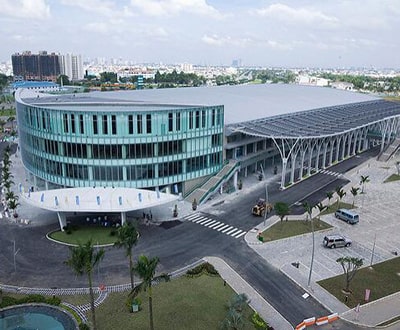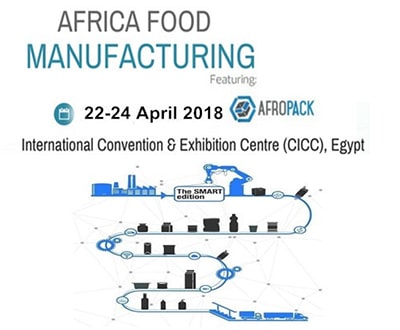The Environmental Impact of Bread Wrapping Machinery
The Environmental Impact of Bread Wrapping Machinery: A Looming Concern for Our Planet’s Health
In the realm of food packaging, bread wrapping machinery plays a critical role in preserving the freshness and extending the shelf life of this ubiquitous staple. However, lurking beneath the veil of convenience lies a profound and often overlooked environmental impact.
The bread wrapping process typically involves a multitude of materials, each with its own unique environmental footprint. Plastic films, often polyethylene or polypropylene, are commonly used as the primary packaging layer due to their cost-effectiveness and barrier properties. However, these plastics persist in the environment for centuries and can leach harmful chemicals into the food they contain.
In addition to plastic films, bread wrappers frequently incorporate labels, adhesives, and other additives. These components often contain materials such as paper, ink, and metal foils, which further contribute to the environmental burden. The manufacturing of these materials requires significant energy and resources, exacerbating their ecological footprint.
The disposal of bread packaging also poses significant challenges. Many consumers discard wrappers carelessly, leading to litter and pollution. Plastic in particular can fragment into microplastics, which are easily ingested by wildlife and have been found to have detrimental effects on ecosystems. Incinerating these materials releases toxic fumes into the atmosphere, while landfilling them can contaminate soil and groundwater.
The cumulative environmental impact of bread wrapping machinery is staggering. According to the Natural Resources Defense Council (NRDC), the production and disposal of plastic packaging alone generates millions of tons of greenhouse gases annually. Moreover, the plastic waste associated with bread packaging contributes to marine pollution, threatening the health and biodiversity of our oceans.
To mitigate this environmental crisis, urgent action is required. Innovations in sustainable packaging materials, such as biodegradable plastics or compostable films, offer promising solutions. Governments, manufacturers, and consumers alike must champion these eco-friendly alternatives and incentivize their widespread adoption.
Furthermore, raising awareness about the environmental impact of bread wrapping can empower consumers to make informed choices. By choosing reusable bread bags or opting for bakeries that prioritize sustainable packaging, individuals can play a pivotal role in reducing the ecological burden associated with this essential foodstuff.
In conclusion, while bread wrapping machinery provides undeniable convenience, its environmental cost is profound and must be addressed. Through a concerted effort to adopt sustainable practices, we can decouple the enjoyment of fresh bread from the detrimental impacts on our planet. The future of our food packaging systems depends on it.
-
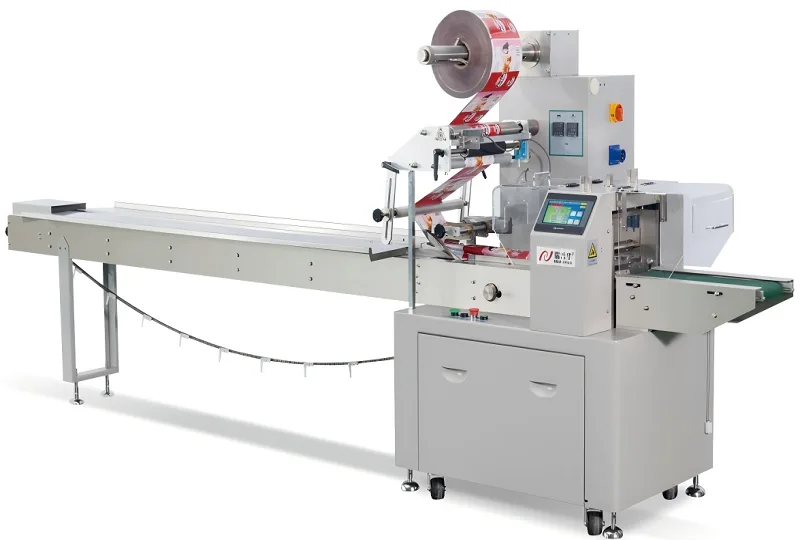 01
01Ultrasonic Cutting Toast Packaging Machine: Principles, Features, and Specifications
26-08-2025 -
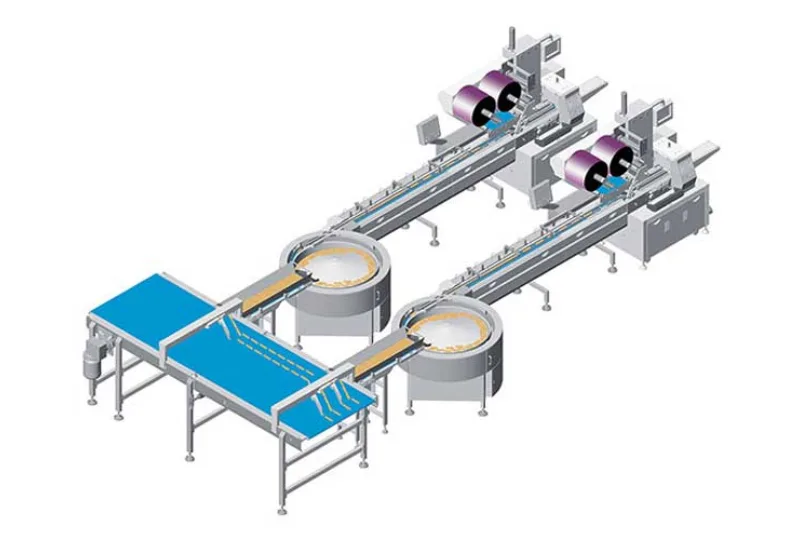 02
02Innovative Packaging Solutions for Cookies, Candy, and Bakery Products
21-08-2025 -
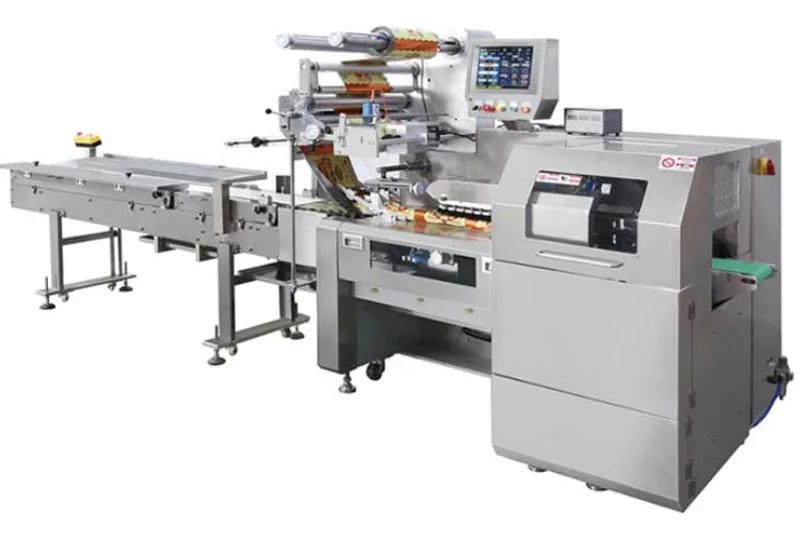 03
03Reliable Food Packing Machinery from a Trusted Manufacturer in China
21-08-2025 -
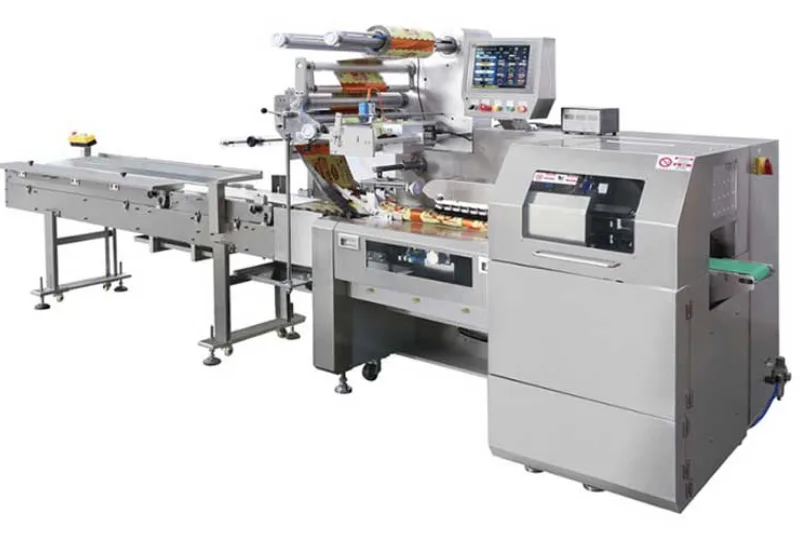 04
04Advanced Packaging Solutions for Chocolate and Bakery Products
21-08-2025 -
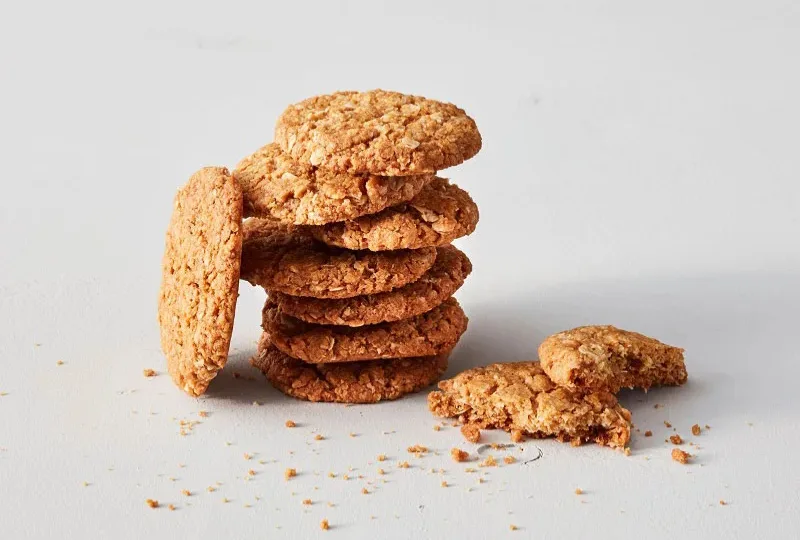 05
05Efficient Food Packaging Solutions for Modern Production
13-08-2025 -
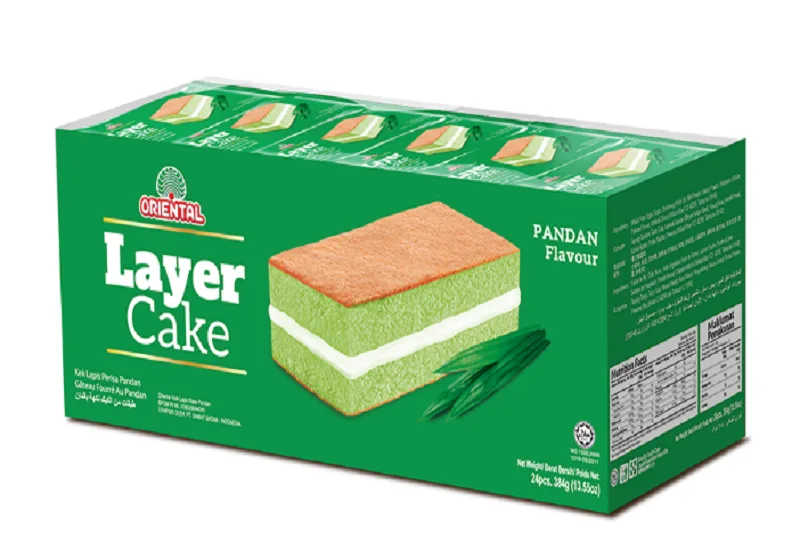 06
06Efficient Packaging Solutions from China for Bread and Candy Production
13-08-2025 -
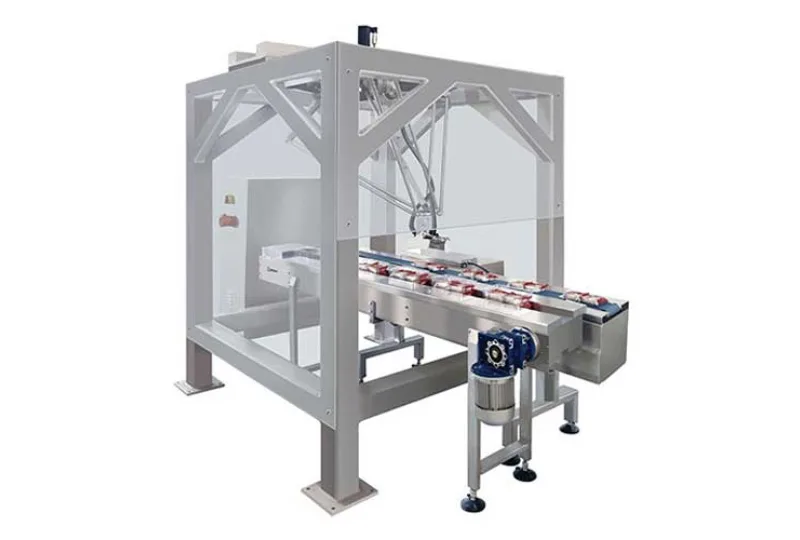 07
07Reliable Pillow Packing Machines for Efficient Packaging Solutions
13-08-2025 -
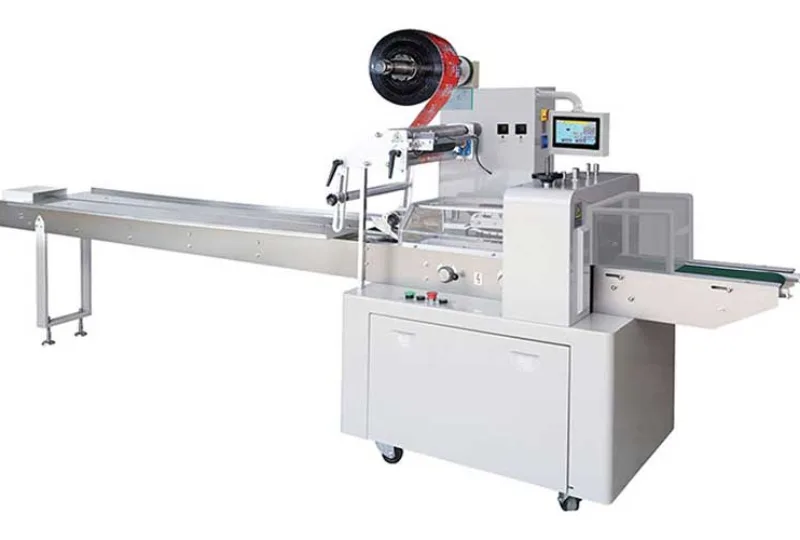 08
08Efficient Automatic Packaging Line Solutions from a Trusted China Manufacturer
05-08-2025 -
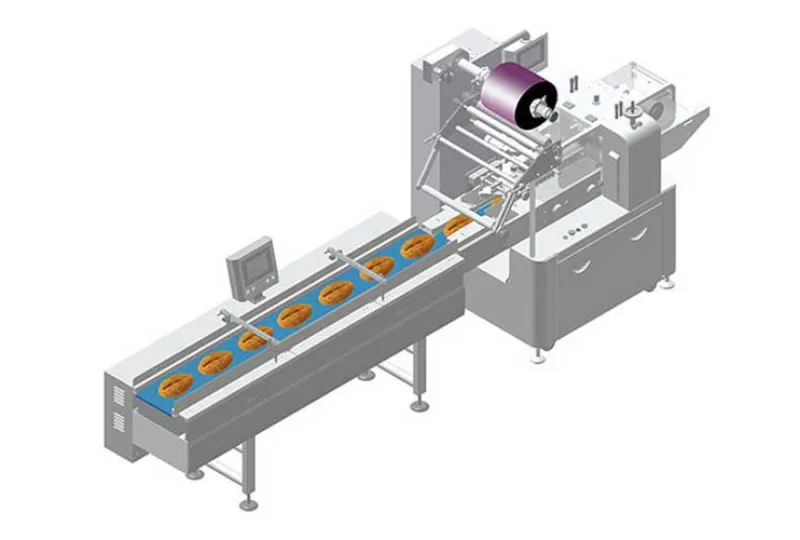 09
09Integrated Packaging Solutions with Horizontal Packaging Machinery and Automated End-of-Line Systems
05-08-2025 -
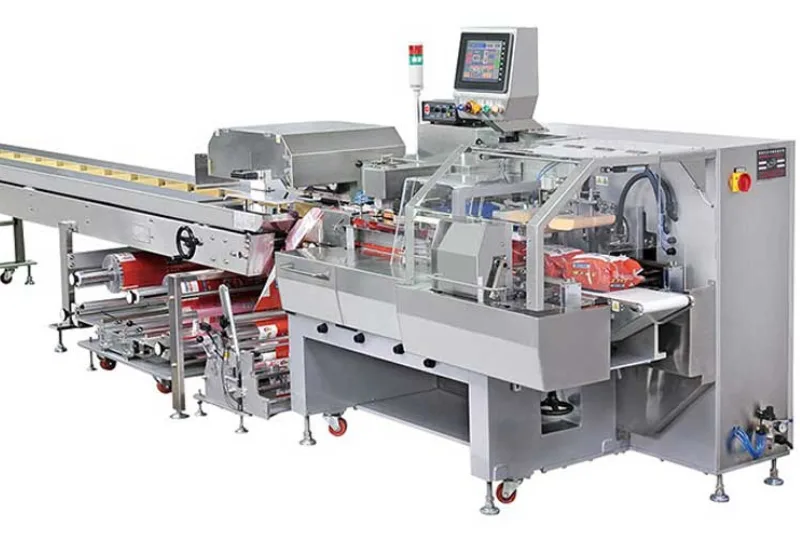 10
10Packing Machine Distributor for Horizontal Flow Wrappers and Flow Wrap Solutions
05-08-2025



